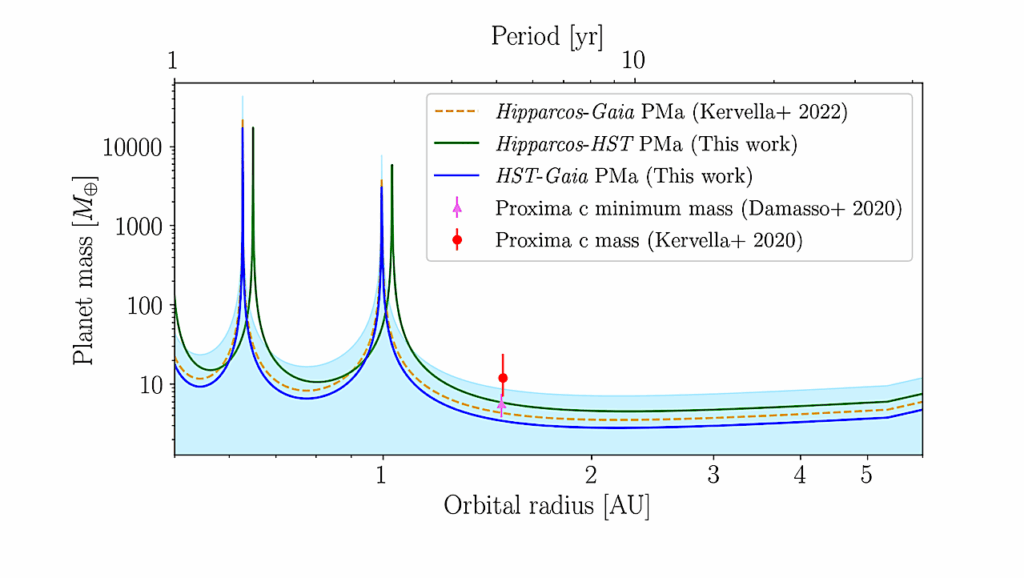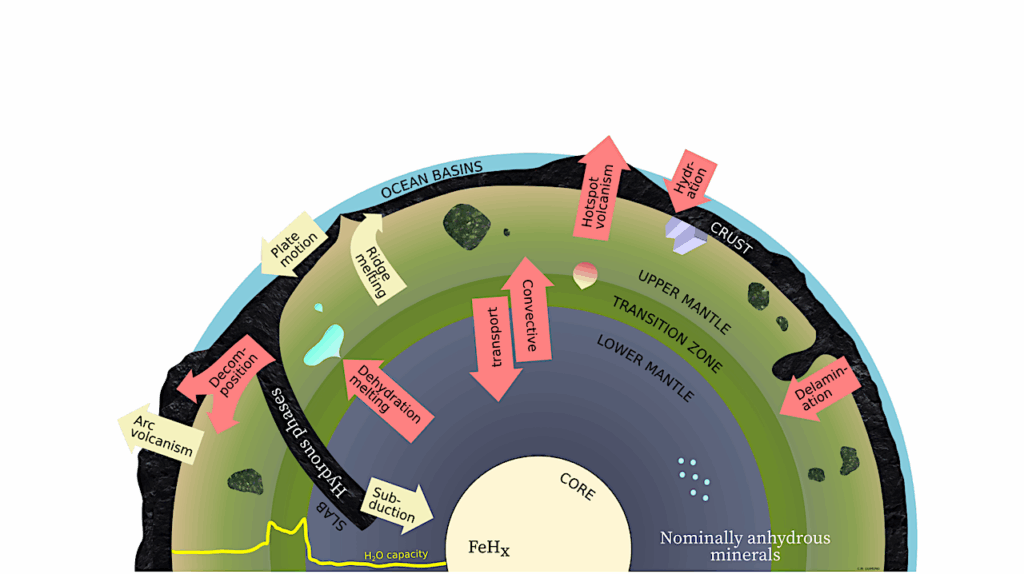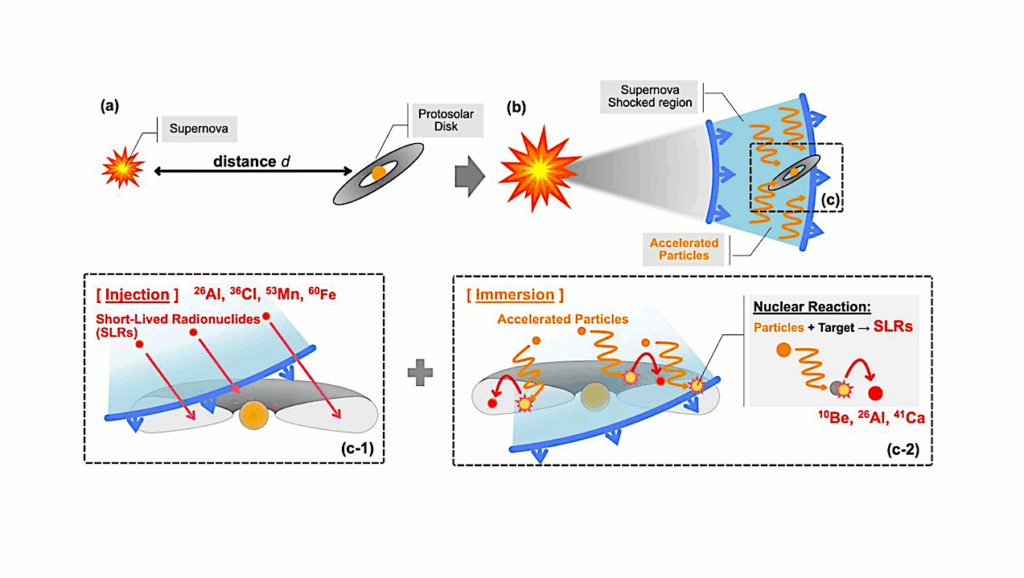Two New Exoplanets Detected with Kepler, SOPHIE & HARPS-N

An international team of astronomers, including Alexandre Santerne of the EXOEarths team at CAUP, has identified and characterized two new exoplanets thanks to combined observations from the Kepler space telescope plus the SOPHIE and HARPS-N spectrographs.
These planets, named KOI-200b and KOI-889b, are among the first detected with the new high-accuracy spectrograph HARPS-N, the northern hemisphere counterpart of the most prolific exoplanet hunter, HARPS (ESO). CAUP researcher Alexandre Santerne commented: “The SOPHIE spectrograph was already playing an important role in the characterization of Kepler planets by unveiling the true nature of the candidates and measuring the mass of giant planets. With the new HARPS-N spectrograph, with an even better accuracy, we expect to characterize much smaller exoplanets, hopefully down to the size of the Earth.”
The new planets have about the size of Jupiter but eccentric orbits with periods of less than 10 days. These new results help to further understand the evolution of orbits of these planets located very close to their star, known as “hot Jupiters.”
There are currently more than 850 known exoplanets, but as seen from the Earth, only some of them are oriented in a way that they are passing in front of their star every orbital period. These periodic transits of the planet in front of its star produce a small dip in its brightness. These micro eclipses allow astronomers to know the diameter of the planet and some details about its atmosphere.
The Kepler space mission (NASA) has identified more than 2,000 stars that have a great chance of hosting transiting planets. However, most of them need complementary ground-based observations to establish their nature and to complete their characterization.
The team participated in these ground-based observations since 2010, using the SOPHIE instrument, which has already participated in the detection and characterization of more than fifteen Kepler planets, through the radial velocity method. Their observing program is now completed by new observations with the more accurate HARPS-N spectrograph.
KOI-200b is slightly bigger than Jupiter and slightly less massive. With a low density, this gaseous planet is orbiting around its star in less than one week. The planet KOI-889b is of the size of Jupiter but is ten times more massive. This very-massive planet is orbiting around its star in slightly less than 9 days. These two planets have eccentric orbits: during their orbit, their distance to their star is varying. This produces large variation in their equilibrium temperature of several hundred of degrees in a few days.
KOI-889b, which is among the most massive planets discovered so far, is also among the most eccentric transiting planets. It could have been formed by a different mechanism than less massive planets. Santerne added: “Even if there are just hot and giant planets as we already know hundreds of them, these two planets are orbiting on a highly eccentric orbit, which is relatively rare for such short-period planets. I prefer to see these two new planets as two other bricks in the wall of our knowledge about planetary systems: bigger is the wall, better we understand planetary formation and evolution.”
Media Contact:
Ricardo Cardoso Reis
(English/Portuguese)
Centro de Astrofisica da Universidade do Porto (CAUP)
+351 226 089 830
[email protected]
Science Contacts:
Alexandre Santerne
(English/French)
Centro de Astrofisica da Universidade do Porto (CAUP)
[email protected]
Guillaume Hebrard
(English/French)
Institut d’astrophysique de Paris (IAP) CNRS-UPMC
Observatoire de Haute-Provence
[email protected]
High-resolution images:
http://tinyurl.com/CAUP-PR01-imagens
Figure 1 caption/credit:
Artist’s impression of a “hot Jupiter”. Credit: Ricardo Cardoso Reis (CAUP)
Figure 2 caption/credit:
The orbits of KOI-200b (left) and KOI-889b (right). Credit: CNRS/Ricardo Cardoso Reis (CAUP).
Reference:
The article “KOI-200 b and KOI-889 b: two transiting exoplanets detected and characterized with Kepler, SOPHIE and HARPS-N” is accepted for publication in Astronomy & Astrophysics. Preprint: http://arxiv.org/abs/1304.6002
The team is G. Hebrard (Institut d’Astrophysique de Paris/Observatoire de Haute-Provence), J.-M. Almenara (CNRS/LAM), A. Santerne (CAUP/CNRS/LAM), M. Deleuil (CNRS/LAM), C. Damiani (CNRS/LAM), A. S. Bonomo (CNRS/LAM /INAF), F. Bouchy (CNRS/LAM), G. Bruno (CNRS/LAM), R. F. Diaz (CNRS/LAM), G. Montagnier (Institut d’Astrophysique de Paris/Observatoire de Haute-Provence), and C. Moutou (CNRS/LAM).
Press release in Portuguese:
http://tinyurl.com/CAUP-PR01-KOI-PT
Press release in French:
http://tinyurl.com/CAUP-PR01-KOI-FR
SOPHIE (Spectrographe pour l’Observation des Phenomenes des Interieurs stellaires et des Exoplanetes, or Spectrograph for Observation of phenomena of stellar interiors and Exoplanets) is a high resolution spectrograph, with precision to measure radial velocities of around 1 m/s. It’s mounted in the 1.93-meter telescope of the Observatoire de Haute-Provence (France), the same telescope where, in 1995, Michel Mayor and Didier Queloz detected the first exoplanet orbiting a Sun-like star.
HARPS-N (High Accuracy Radial velocity Planet Searcher for the Northern hemisphere) is a high accuracy spectrograph, mounted in Telescopio Nazionale Galileo, in La Palma (Canary Island). It detects variations of radial velocity of less than 1 m/s. It was built to complement NASA’s Kepler satellite, to detect and characterize exoplanets.
A hot Jupiter is a gaseous exoplanet, similar to Jupiter, but with an orbit around its parent star that is much closer than Mercury’s orbit around the Sun. Because they are so close to its star, they are extremely hot, with temperatures above 1,000*C. Mercury’s orbit brings it to a minimum distance to the Sun of 46 million kilometers (0.3 times the distance of the Earth), while Jupiter is 740 million kilometers away from the Sun (5 times the distance of the Earth).
The planetary transit method measures the dimming of a stars’ brightness, when an exoplanet passes in front of the stellar disk (something similar to a micro eclipse). Through transits, it’s possible to determine the radius of a planet, but not the mass. This method is complicated to use, because it’s necessary for the planet and the star to be perfectly aligned with the observers’ line of sight.
The radial velocity method detects exoplanets by measuring the small variations in the line-of-sight (radial) velocity of the star, due to the reflex motion the exoplanet imprints in the star. The radial velocity variation the Earth provokes in the Sun is of about 10 cm/s. With this method it’s possible to determine the minimum mass of the planet.
The Centro de Astrofisica da Universidade do Porto (CAUP, http://www.astro.up.pt) is a private, non-profit, scientific and technical association, recognized as of public utility. It is the largest astronomy research institute in Portugal and since 2000, it has been evaluated as Excellent by international panels, organized under the auspices of the national science foundation (FCT). Among its statutory objectives is the support and promotion of Astronomy, through research, education at the graduate and undergraduate levels, science outreach and popularization of Astronomy. The long-term research strategy of CAUP is the assembly of strong research teams on “Origin and Evolution of Stars and Planets” and “Galaxies and Observational Cosmology.”








